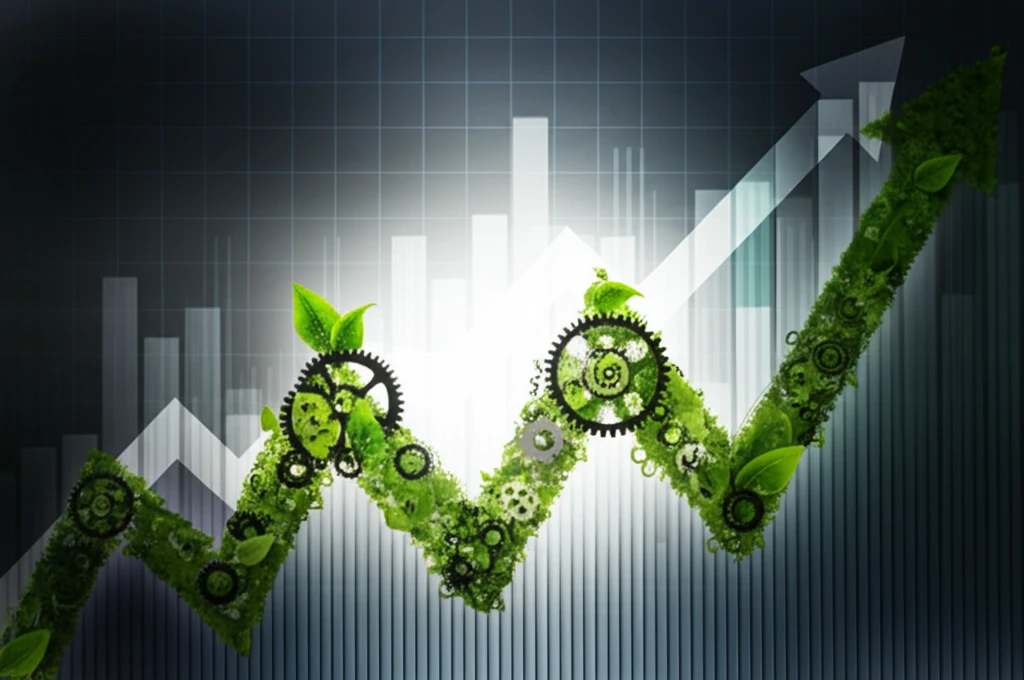
Green Innovation: Is it really worth the investment?
"Discover how green initiatives affect firm productivity, revealing surprising insights into the economic impact of environmental efforts. Are eco-friendly choices always the best for your business?"
In today's world, companies are under increasing pressure to be environmentally responsible. Investing in "green innovation" seems like the right thing to do, but many business leaders wonder: Does it actually help the bottom line? Or does it take away resources from other important areas?
A recent study dives deep into this question, examining how investments in green initiatives affect a company's financial performance. Using a well-established model for analysing research and development (R&D), the researchers looked at both green and non-green innovation to see which one truly drives productivity.
The findings might surprise you. The impact of green innovation isn't always straightforward, and its effectiveness can depend greatly on the type of company and its existing practices. This article breaks down the key insights, offering a clear understanding of when and how green innovation can truly pay off.
Does Going Green Actually Boost Productivity? Understanding the CDM Model

To understand the true impact of green innovation, the study used the Crepon, Duguet, and Mairesse (CDM) framework. This model helps researchers see how a company's investment in R&D turns into patents and, ultimately, affects its overall productivity. It's like tracing the path from planting a seed to harvesting the crop.
- First, it looks at a company's decision to invest in R&D.
- Second, it examines how that investment turns into patents.
- Finally, it assesses how those patents affect the company's productivity.
Making Green Investments Work for You
The key takeaway? Green innovation isn't a one-size-fits-all solution. Its success depends on a company's specific situation, including its pollution levels, existing productivity, and the industry in which it operates. By understanding these nuances, business leaders can make informed decisions about where to allocate their resources, ensuring that their green initiatives not only benefit the planet but also boost their bottom line.
